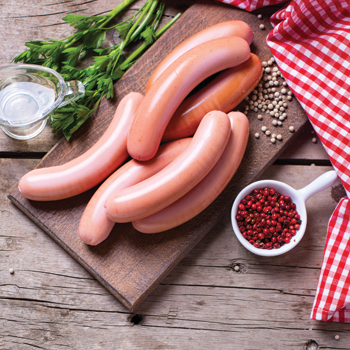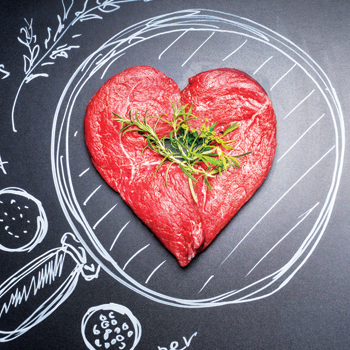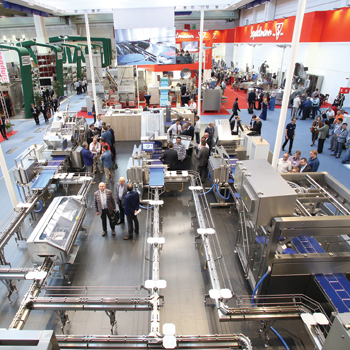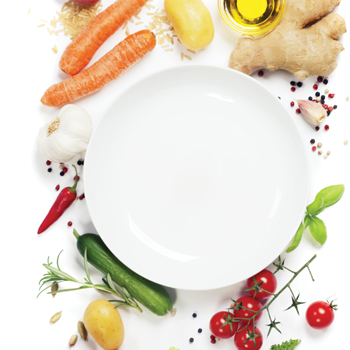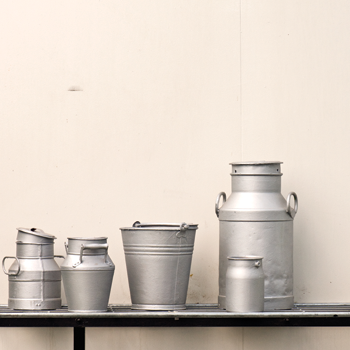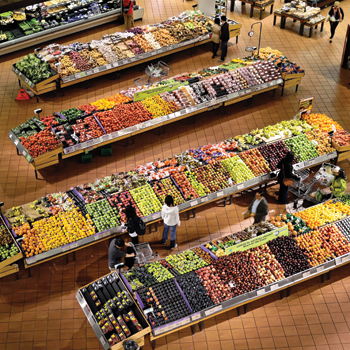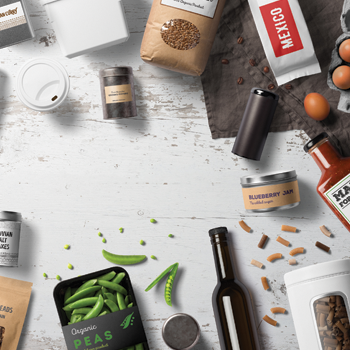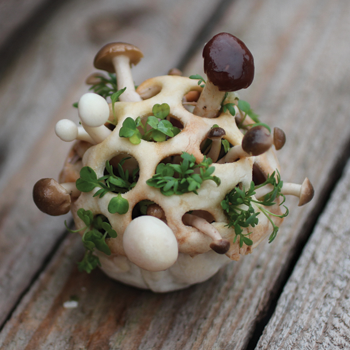การผลิตไส้กรอกต้นทุนต่ำโดยไม่ลดคุณภาพ
By: Carsten Carstens
Florian Bark
Hydrosol (Meat Department)
Translator by: Worrapanit Limpaphat
Senior Product Manager
DPO (Thailand) Ltd.
worrapanit.l@dpointernational.com
ในหลายประเทศ ผลิตภัณฑ์ไส้กรอกไวน์เนอร์ แฟรงเฟอร์เตอร์ และไส้กรอกปรุงสุกชนิดอื่นๆ ยังคงเป็นผลิตภัณฑ์ที่ได้รับความนิยมสูงสุดในกลุ่มผลิตภัณฑ์เนื้อสัตว์แปรรูป โดยปกติการผลิตไส้กรอกเหล่านี้แบบต้นทุนต่ำจะใช้วิธีการลดปริมาณเนื้อในสูตรการผลิต ซึ่งถึงแม้ว่าจะใช้สารเพิ่มความคงตัว หรือ Stabiliser หลายๆ ชนิดก็ตาม แต่พบว่าผลิตภัณฑ์กลับมีคุณภาพแย่ลง ดังนั้น ผู้ผลิตสามารถแก้ปัญหานี้ได้ด้วยการใช้ Stabiliser ผสม1 ที่ไม่เพียงแค่ให้รสชาติดีแต่ยังให้ความรู้สึกในปากและเนื้อสัมผัสที่ดีแม้จะใช้วัตถุดิบหรือสูตรการผลิตต้นทุนต่ำ
การเสริมสร้างโปรตีนเมทริกซ์
ในการรักษาสภาพความคงตัวของไส้กรอกให้สม่ำเสมอ การกระจายตัวของไขมันต้องเป็นเนื้อเดียวกันและปริมาณของโปรตีนที่ละลายต้องมากพอที่จะทำหน้าที่เป็นอิมัลซิไฟเออร์จับไขมันและน้ำไว้ได้ และในกระบวนการให้ความร้อนนั้น การแข็งตัวของโปรตีนโดยใช้ความร้อนจะสร้างโครงสร้าง 3 มิติ ห่อหุ้มไขมันและน้ำไว้ ดังนั้นถ้ามีโปรตีนไม่เพียงพอ โปรตีนเมทริกซ์ที่ไม่แข็งแรงจะถูกสร้างขึ้น ส่งผลให้เกิดเนื้อสัมผัสนิ่ม นอกจากนี้ การหดตัวของโครงสร้างโปรตีนเมื่อได้รับความร้อนจะส่งผลใหเกิดการแยกตัวของไขมัน
In many countries, classic products such as wieners, frankfurters and other sausages are the most popular products in the category of processed meat. For the economical manufacturing of these sausages it is a common procedure to reduce the amount of meat in the recipe. Despite the use of various stabilisers the quality of the end product becomes worse. However, with a new stabilising system1 manufacturers can produce sausages that stand out not only for their taste, but also for mouthfeel and texture even if economical raw materials or inexpensive recipes are used.
Reinforcement of the Protein Matrix
To stabilise a sausage the fat distribution has to be homogenously and the amount of dissolved protein has to be sufficient to act as an emulsifier between fat and water. In the heating process, thermo-coagulation of the protein creates a three-dimensional network that encapsulated fat and water. If there is to less protein a weak matrix is formed, resulting in a soft texture. In addition the structure of the protein shrinks when heated and causes fat and gel separation.
